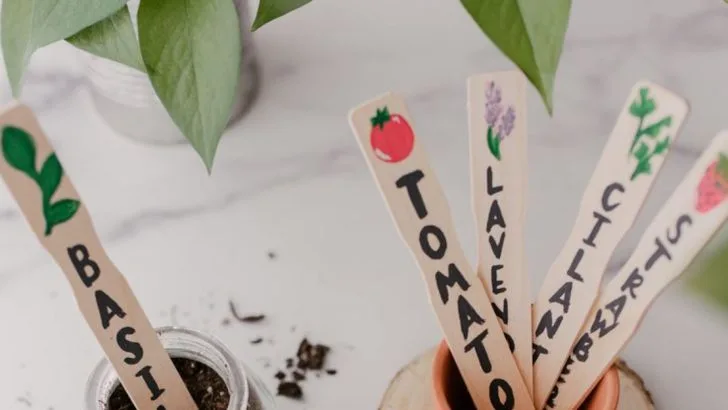If you’ve ever planted a garden and thought, “I’ll remember what I put where,” only to forget days later—you’re not alone. Proper plant markers can save you time, prevent mix-ups, and make your garden look organized. But you don’t need to buy anything fancy.
In fact, some of the best plant markers are already sitting in your kitchen drawers, junk boxes, or recycling bin. These everyday items are surprisingly durable, weather-friendly, and customizable—and best of all, they cost nothing.
Whether you want something charming, practical, or just quick and functional, these 16 clever ideas will help you keep track of your plants without spending a dime. Perfect for beginner gardeners, DIY lovers, or anyone who appreciates a little creativity in the garden.
Grab a pen, your recycling stash, and let’s label your plants like a pro—with objects you already have at home.
Wine Corks
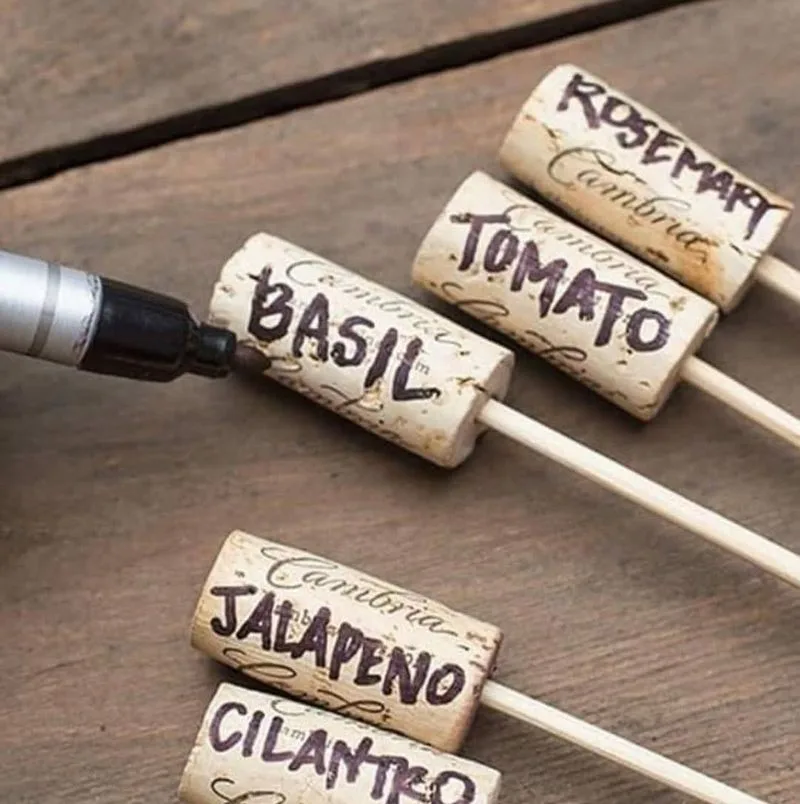
Ever thought of saving those wine corks after a delightful dinner? Wine corks can be repurposed as eco-friendly plant markers. Simply write the name of the plant on the cork and attach it to a stick or skewer. This not only recycles the corks but adds a rustic charm to your garden. It’s a creative, sustainable way to keep track of your plants.
Old Spoons
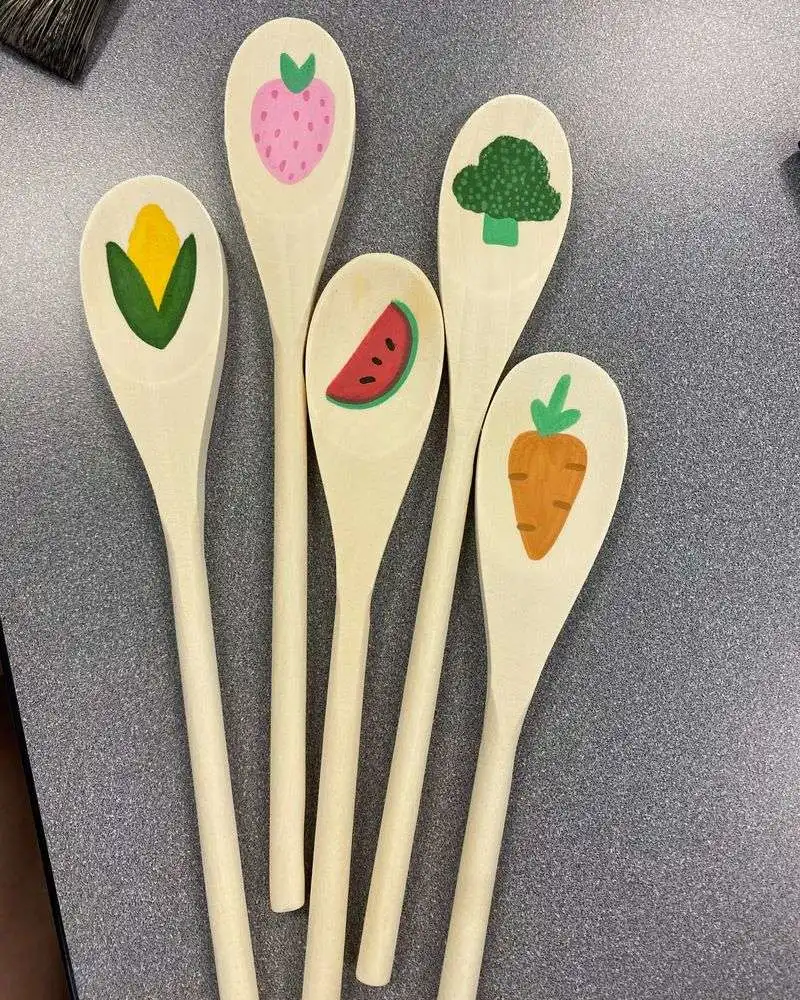
Dust off those old spoons sitting in your drawer and give them a new life as plant markers. With a bit of engraving or a permanent marker, these spoons become both decorative and functional. Their durability makes them perfect for outdoor use, weathering the elements with ease while adding a touch of elegance to your plant labels.
Popsicle Sticks
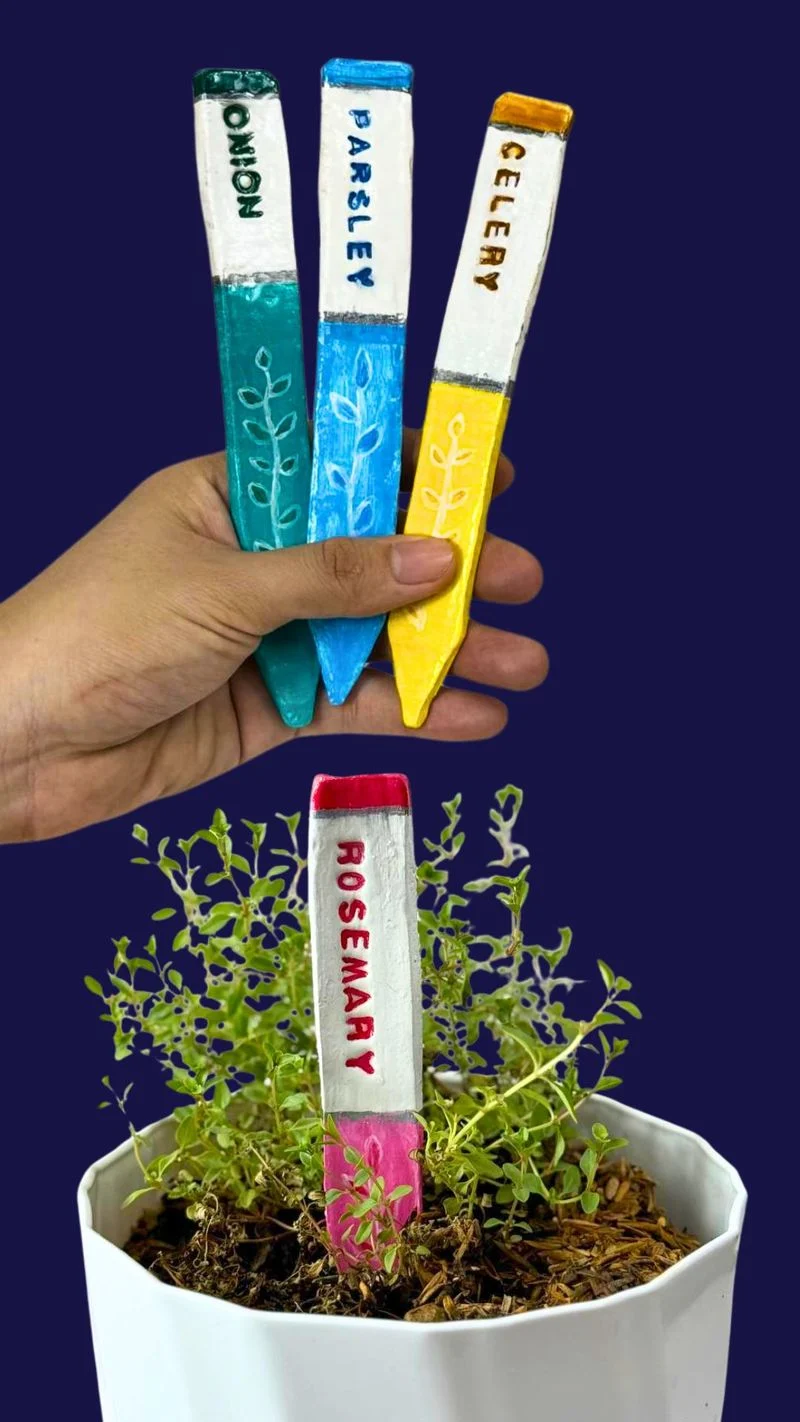
Simple yet effective, popsicle sticks are a classic choice for labeling plants. You can paint them in vibrant colors to match your garden’s theme or leave them natural for a more understated look. Write the plant names with waterproof markers to ensure they last. This method is perfect for both kids and adults who enjoy a bit of garden craft.
Flat Rocks
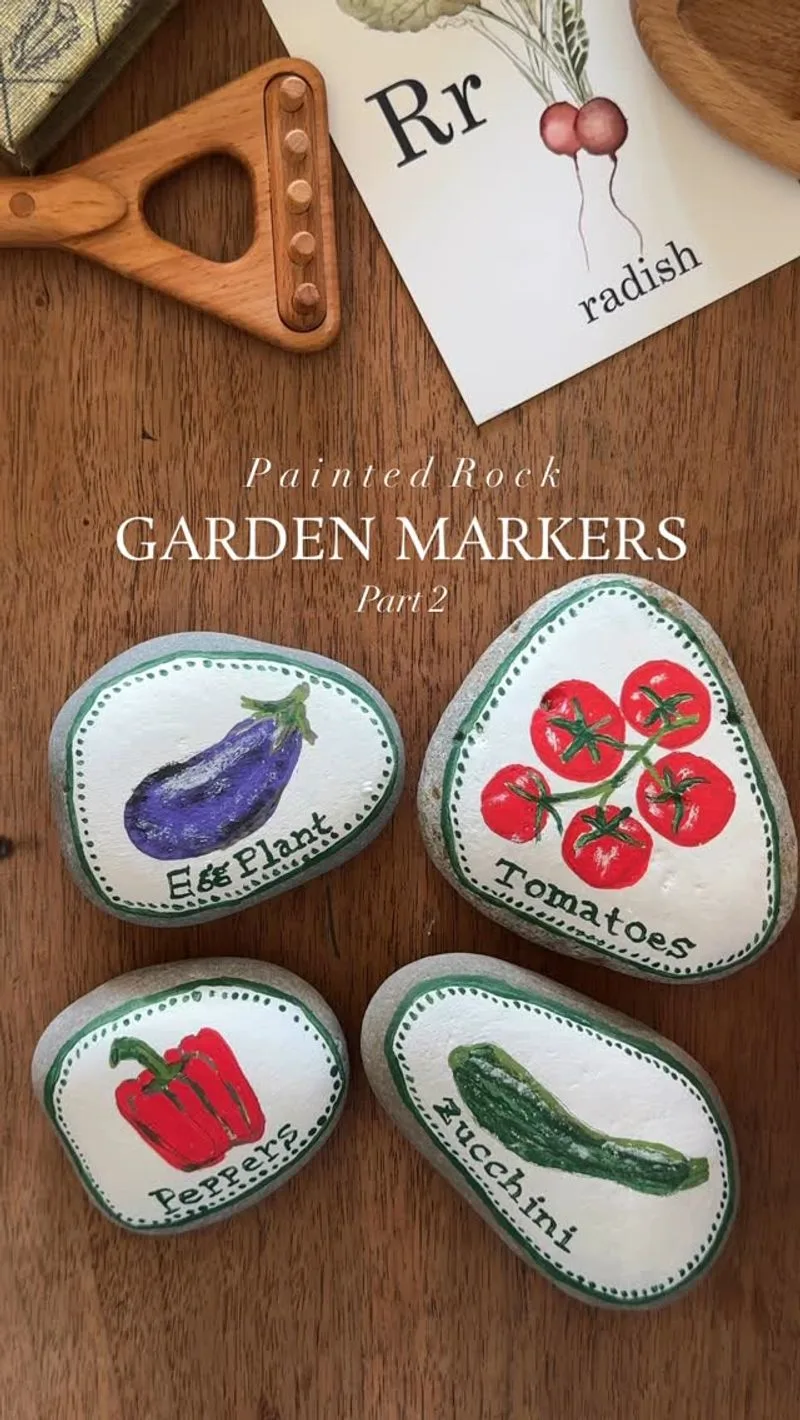
Transform local flat rocks into unique plant markers by painting or drawing on them. This method offers a natural look that blends seamlessly with any garden style. Moreover, it’s a fun, artistic project that can involve the whole family. Whether you choose to paint them brightly or in earth tones, flat rocks are a sturdy and charming option.
Mason Jar Lids
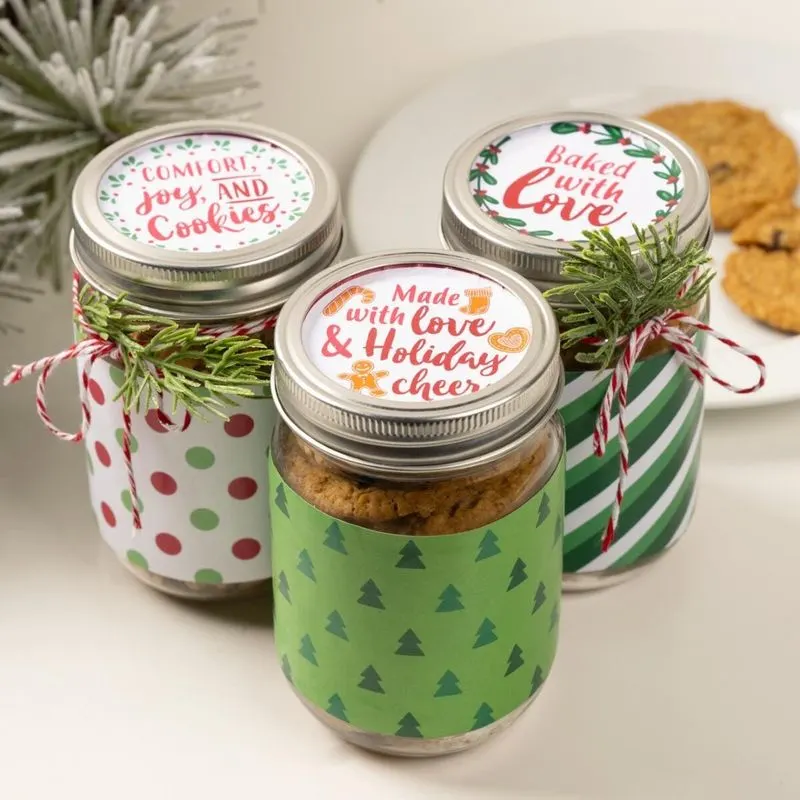
Why not use mason jar lids as plant markers? Paint the lids for a pop of color or keep them metal for a rustic touch. Write the plant names with a permanent marker or chalk paint for a vintage feel. These lids are durable, easy to attach to sticks or stakes, and bring an industrial aesthetic to your garden space.
Clothespins
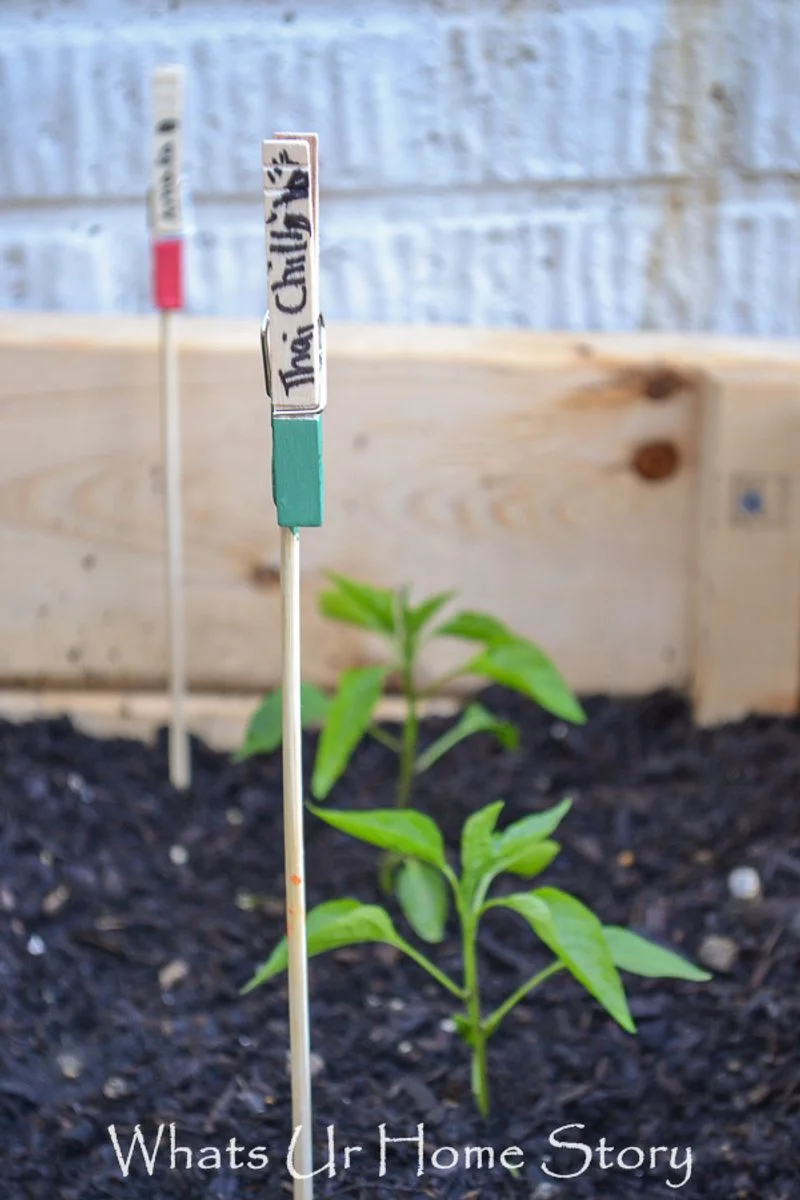
Clothespins aren’t just for laundry anymore. These versatile items can be clipped onto pots or stakes as plant markers. Write the plant names directly on the pins using a waterproof marker. Their simplicity and ease of use make them a great choice for both indoor and outdoor gardens, especially when you’re short on space.
Broken Pottery
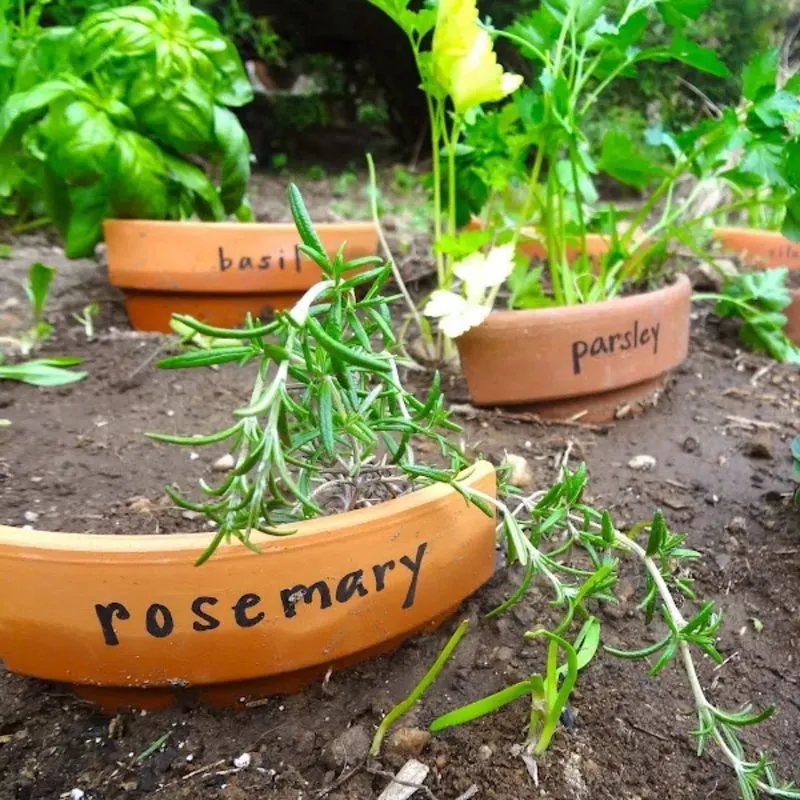
Give broken pottery a second chance by using it as plant markers. Paint or write the names of your plants on the shards. The irregular shapes and colors of pottery pieces can add an artistic flair to your garden. This method is both practical and eco-friendly, as it repurposes items that would otherwise be discarded.
Chalkboard Tags
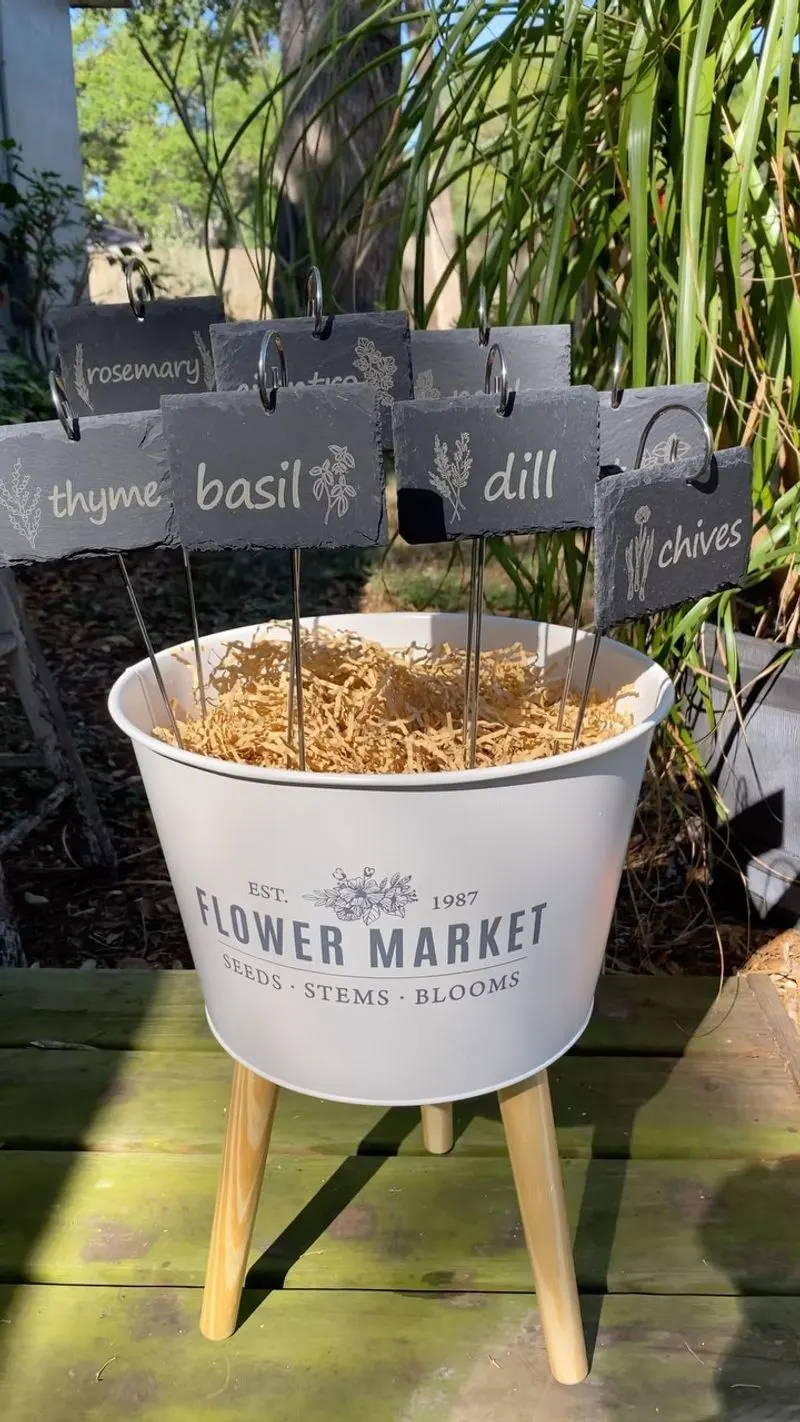
Chalkboard tags offer a stylish and reusable option for plant markers. Write and rewrite plant names as needed, making them perfect for seasonal gardens. Hang them with twine or attach them to stakes for a personalized touch. These tags add a chic, farmhouse vibe to your garden, allowing for easy updates whenever you plant something new.
CDs/DVDs
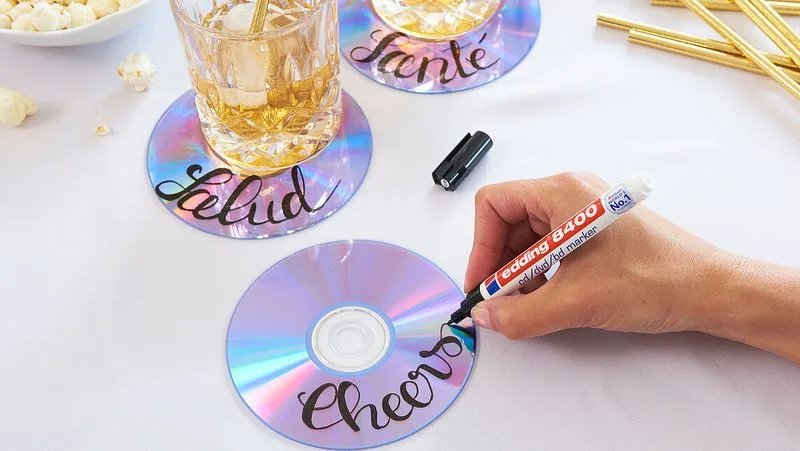
Give old CDs or DVDs a new purpose by transforming them into plant markers. Write the plant names on the reflective side with a permanent marker. Besides being useful markers, they can also deter birds with their shiny surface. This creative reuse not only organizes your plants but also adds a touch of whimsy with their mirror-like effect.
Shells
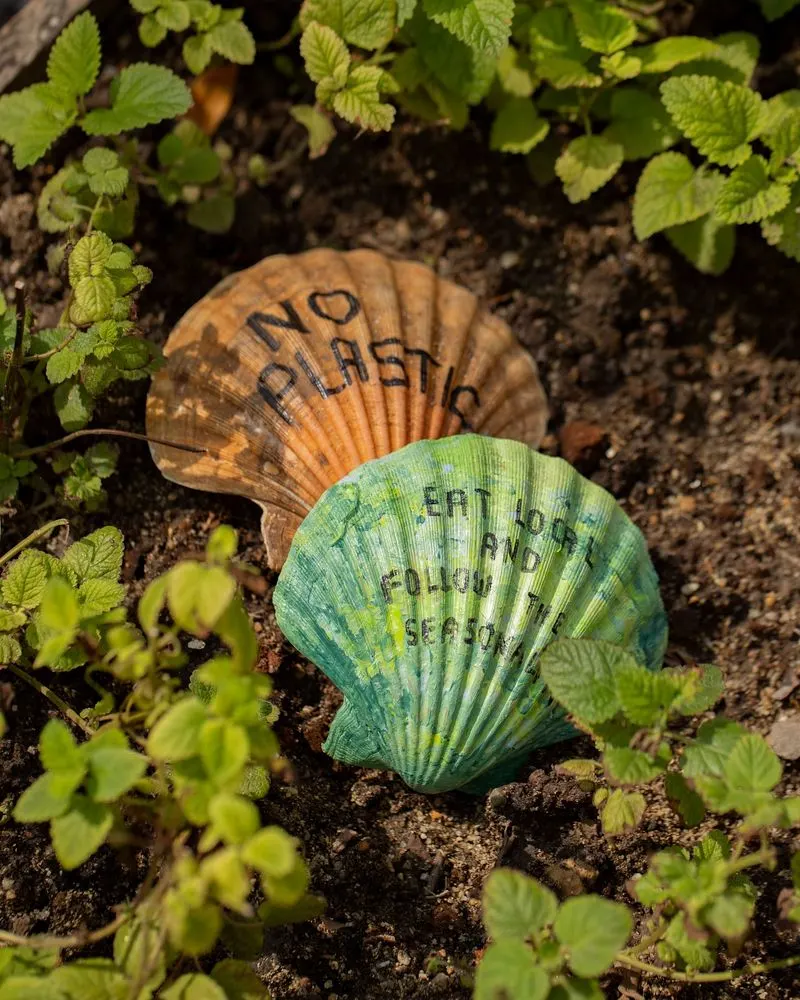
For a beachy vibe, consider using shells as plant markers. Write the plant names on the smooth inner surface with a waterproof marker. Shells add a touch of the coast to your garden, perfect for seaside homes or anyone longing for the ocean. They are a beautiful, biodegradable option that ties in well with a natural garden setting.
Paint Stirrers
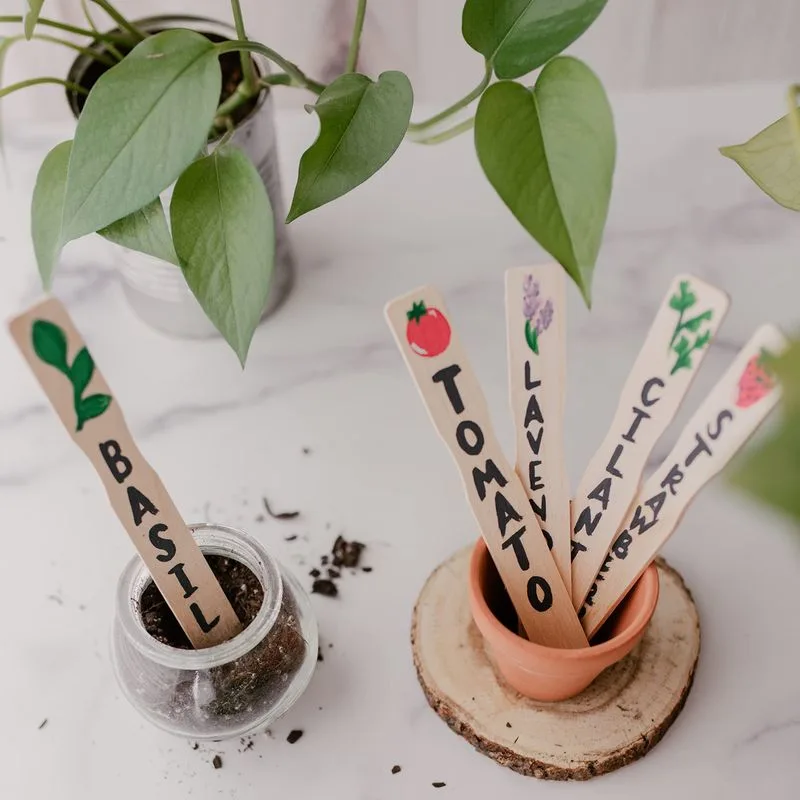
Repurpose paint stirrers as plant markers for a budget-friendly and creative option. Paint them in bright colors or patterns to liven up your garden beds. Their flat surface makes them easy to write on, and they can be pushed into the soil without any hassle. This is a fantastic way to label your plants while enjoying a bit of DIY fun.
Bottle Caps
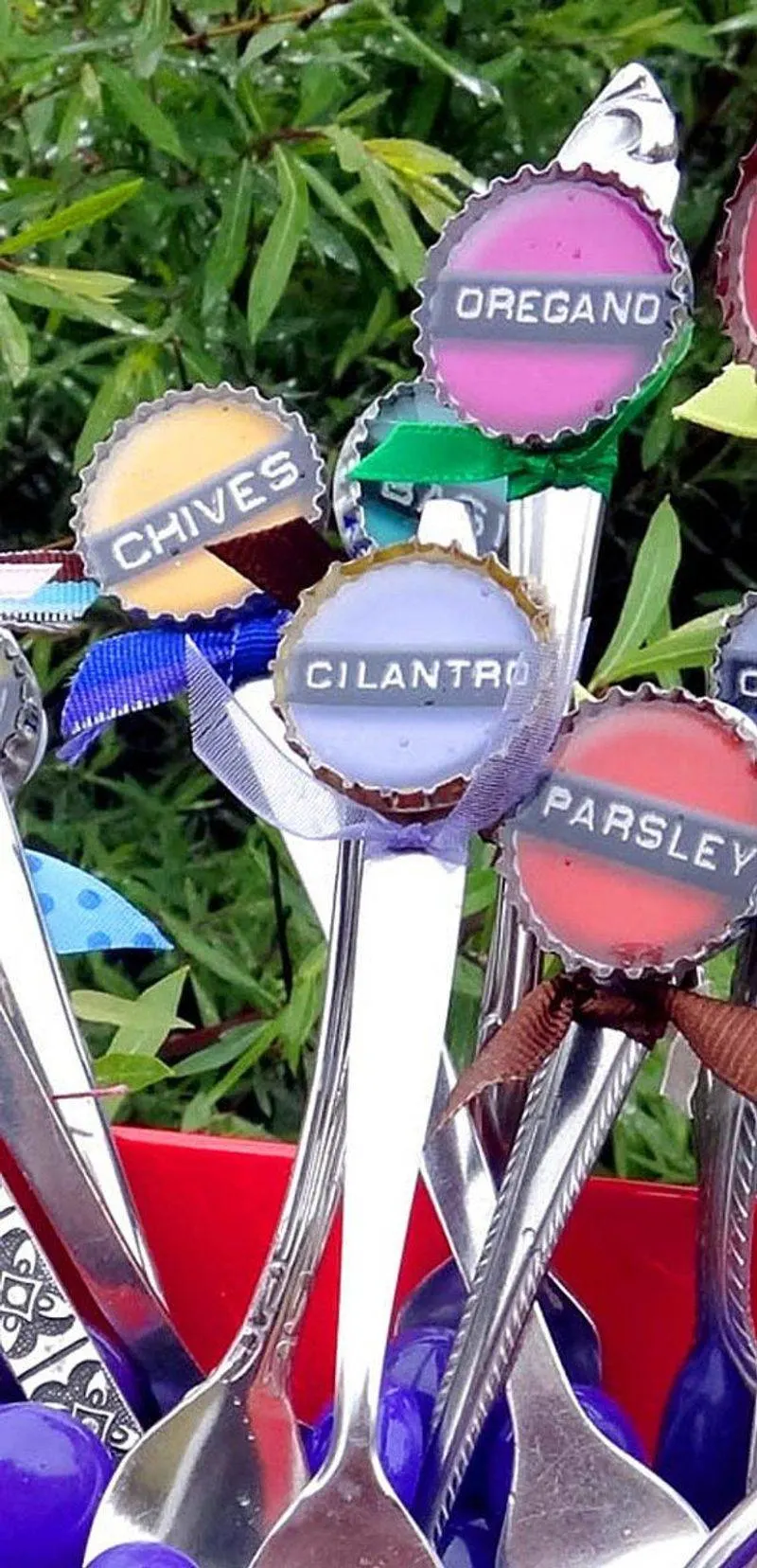
Bottle caps can be turned into eye-catching plant markers. Glue them onto small sticks or poles, then write the plant names on the surface. Their bright colors and circular shape create a playful look in your garden. This method is an excellent way to recycle while adding a splash of color and charm to your plant identification process.
Ceramic Tiles
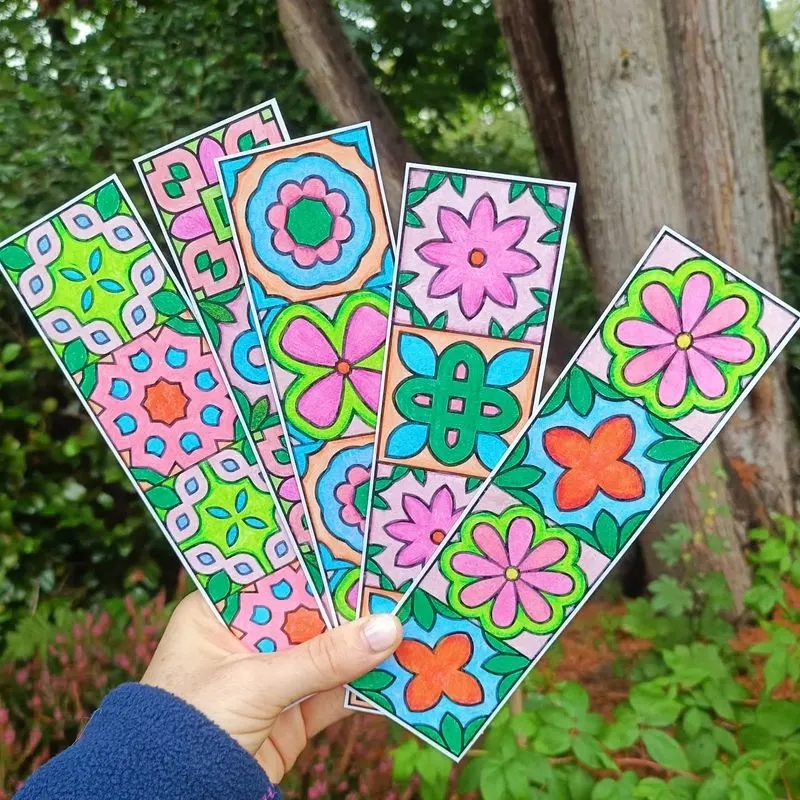
Ceramic tiles, whether new or leftover from a project, can serve as elegant plant markers. Paint or write the names of your plants on the tiles. Their sturdy nature makes them ideal for outdoor use, resistant to weather and wear. This method brings a polished look to your garden, combining functionality with a touch of artistry.
Twig Slices
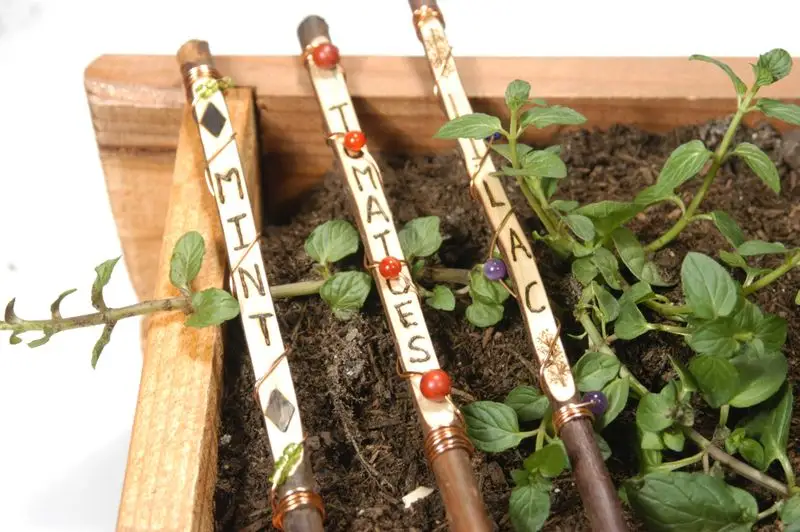
Slices of twigs or small branches offer a rustic and organic way to mark your plants. Burn or paint the names onto the wood for a natural marker that blends seamlessly into the garden. This eco-conscious method uses materials directly from your environment, enhancing the earthy feel of your planting space while being kind to the planet.
Plastic Utensils
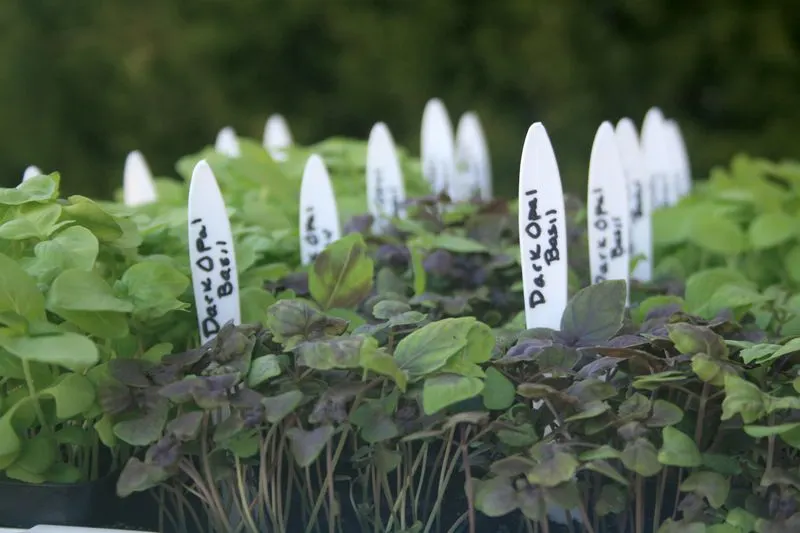
Plastic utensils are an unexpected yet effective option for plant markers. Write the plant names on the handles with a permanent marker. These items are often readily available and can withstand the elements. Using them in this way provides a creative solution to reduce waste while keeping your garden organized and labeled clearly.
Slate Pieces
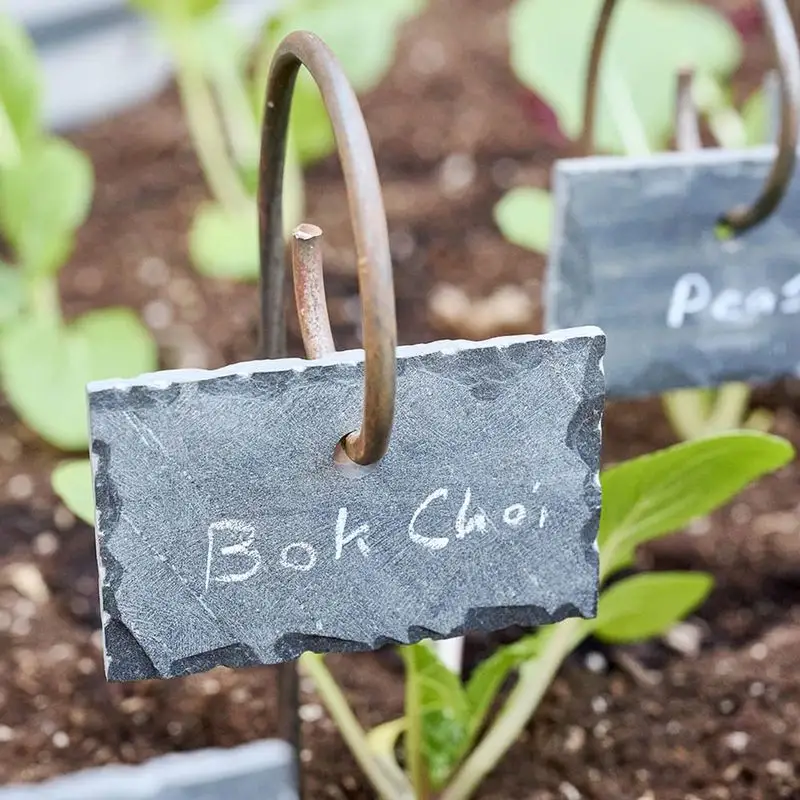
Slate pieces offer a sophisticated touch to plant labeling. Write directly on the slate with chalk for a temporary marker or a paint pen for permanence. The dark color of slate contrasts beautifully with white or brightly colored writing, making it easy to read. This choice suits gardens with a classic or elegant theme, providing both style and function.

